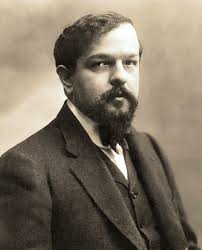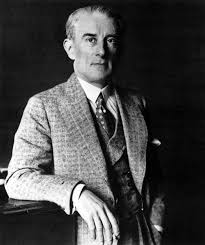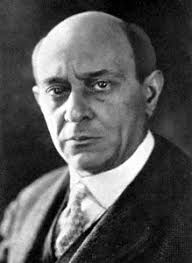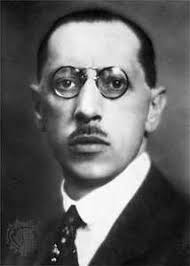MUSIC L1: IMPRESSIONISM AND EXPRESSIONISM
1/31
There's no tags or description
Looks like no tags are added yet.
Name | Mastery | Learn | Test | Matching | Spaced |
|---|
No study sessions yet.
32 Terms
one of the earlier but concrete forms declaring the entry of the 20th century music.
sentimental melodies and dramatic emotionalism of the preceding Romantic Period were being replaced in favor of moods and impressions.
the sounds of different chords overlapped lightly with each other to produce new subtle musical colors.
impressionism
characteristics of Impressionism in music
1. The rhythm is irregular in terms of phrases.
2. It avoids the traditional harmonic progression.
3. It has unresolved dissonance.
4. It uses the whole-tone scale, uses the 9th chord, and frequently uses modality and exotic scales.
One of the most important and influential of the 20th century composers.
Claude Debussy
He changed the course of musical development by dissolving traditional rules and convention into a new language of possibilities in harmony, rhythm, form, texture, and color
Claude debussy

Claude de bussy
when did claude enter the Paris Conservatory
1873
what reputation did claude have
erratic pianist and a rebel in theory and harmony.
Gentle, dreamy piano piece — means “Moonlight”
Clair de Lune
Orchestral piece about the sea — waves and water in sound
La Mer
Inspired by a French poem, full of mystery and calm
Prelude a lapres midi d’un faune
A collection of piano pieces, includes Clair de Lune
Suite Bergamasque
He entered the Paris Conservatory at the age of 14
MAURICE RAVEL
a work for piano known for its harmonic evolution and imagination.
Miroirs
a set of demonic-inspired pieces based on the poems of Aloysius Bertrand which is arguably the most difficult piece in the piano repertoire.
Gaspard de la Nuit
a ballet commissioned by master choreographer Sergei Diaghilev that contained rhythmic diversity, evocation of nature, and choral ensemble.
Daphne et Chloe
a waltz with a frightening undertone that had been composed for ballet and arranged as well as for solo and duo piano
La Valse
His most famous work — a repetitive melody that builds intensity. Ravel himself called it an “orchestral crescendo
Bolero
A slow, nostalgic piece for piano and orchestra — “Dance for a Dead Princess”
Pavane pour une infante défunte
he was a perfectionist and every bit a musical craftsman
MAURICE RAVEL

MAURICE RAVEL
a modernist movement that started in Germany at the beginning of the 20th century and was initially an expression in painting and poetry.
it conveys true emotions in exaggeration through the application of atonality and dissonance or the lack of agreement and consistency in music.
This evokes moods and ideas for which the artist seeks to express meaning or emotional experience rather than the physical reality.
EXPRESSIONISM
He is credited with the establishment of the twelvetone-system
ARNOLD SCHOENBERG
one of arnolds earliest successful pieces, blends with lyricism, instrumentation, and melodic beauty from Brahms with the chromaticism and construction of Wagner.
Veklarte Nacht (Transfigured Night)
Tells the strange, sometimes creepy tales of a sad clown named Pierrot. A haunting song cycle using sprechstimme (a speech-singing style).
Pierrot

ARNOLD SCHOENBERG
His musical compositions total more or less 213
ARNOLD SCHOENBERG
He was born in Oranienbaum (now Lomonosov), Russia on June 17, 1882. His early music reflected the influence of his teacher, the Russian composer Nikolai Rimsky-Korsakov.
IGOR STRAVINSKY
Igor’s first masterpiece
The firebird suite
featuring shifting rhythms and polytonality, a signature device of the composer
Petrouchka
a full length opera, alludes heavily to Baroque, and Classical styles of Bach and Mozart through the use of harpsichord, small orchestra, solo and ensemble numbers with recitatives stringing together the different songs
The Rake’s Progress
Stravinsky’s musical output approximates ___ works,
127

Igor Stravinsky